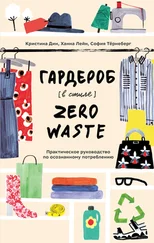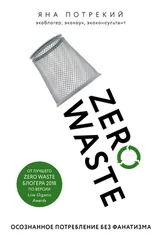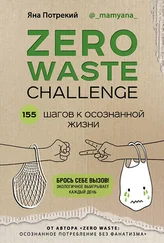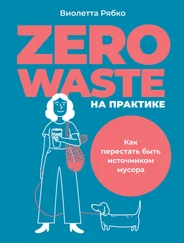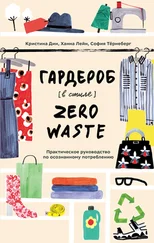The thing is, conventional farming has a lot of those same goals. Conventional farmers do some of the same practices to maintain soil health by planting cover crops, using natural fertilizers (animal manure), crop rotations, and animal grazing. They also use synthetic fertilizer since natural fertilizer can contribute to run-off issues. Many farms have complex manure management programs to protect water sources, limit runoff, and properly measure fertilizer ingredients for appropriate distribution.
Confusion often arises about pesticide use between the two farming methods. While certified organic is encouraged to control pests, weeds, and disease through physical or mechanical controls (tilling), biological, botanical, or synthetic substances are approved when the latter practices aren’t sufficient. “Natural” pesticides are no safer than synthetic ones. The key to safe pesticide application is proper application according to product and industry instructions. In addition, the additional tilling for weed control can lead to loss of moisture, and wind and water erosion.
Technology and agriculture don’t mix
Images of a man, clad in overalls and a straw hat, sitting on a green tractor may come to mind when you think “farming,” but times have changed. Changes in weather patterns, draughts, land availability, and population growth are just a few reasons it’s vital to be able to make the most of our arable land, human resources, and time.
The notion of high-tech tools for farming somehow makes people uneasy. Especially if you bring up bioengineering (see the nearby sidebar “GMOs and you”). Today’s farmers are scientists. Almost all of them have bachelor’s degrees in agricultural, like plant science, animal science, engineering, or agronomy (the science of soil management, crop production, and ecology).
They use technology both to benefit their own efforts and to benefit the planet. Sure, they still use tractors (women and people of all ages and races farm), but they also have a multitude of technological tools available, such as the following, to manage their land and improve crop yields:
Seeds that have been modified to tolerate drought or resist pests
Drones that fly over fields to check crops
Water and soil management systems that use sensors that report soil conditions, pH, and humidity in real time
Specialized software that analyzes the sensor data that can then determine whether the soil requires additional nutrients or water
Specialized farming equipment, including autonomous tractors and combines that allow farmers to plant and harvest more efficiently using GPS
Many of these tools are managed from a smartphone or tablet that the farmer takes with them on the tractor or as they view their field from their home or barn. They use software to analyze the data and help create crop management strategies. The utilization of technology will likely be an important component of regenerative and sustainable agriculture in years to come. Efforts are in motion to make this technology affordable and available to more farmers across the globe.
Innovations in technology can also enhance sustainability efforts in animal agriculture. I was amazed to see the technology employed when I visited the dairy research barn at Penn State University’s animal science department. Each dairy cow is closely monitored with wearable sensors that provide information about their activity (a cow who isn’t moving a lot may have an infection or other health issue), body temperature, and milk production so they can more efficiently and accurately monitor their health and welfare.
Eating less meat is better for the planet
Some people believe that eating less meat is the answer to reducing the toll that agriculture, as a whole, takes on the earth. That may sound like a simple solution, but it’s not so simple.
A recent movement aims to replace meat with other forms of protein. As of now, it’s hard to say what the final answers will be, but it’ll likely be a combination of compromises. As previously mentioned, sustainability requires economic viability to be upheld. Critics are quick to point the finger at beef in particular, for producing excess methane (through burps primarily). They believe that ruminant animals like cows are key polluters when it comes to GHG. A lot of sources of data exist but no agreement on how the data is collected and what it means overall.
In contrast, some people believe that grazing animals can play a positive role in changing the climate. Proponents of grazing livestock argue that grazing affects soil carbon so livestock can actually be a potential tool to help reduce atmospheric carbon.
Perhaps this idea that reducing meat consumption can reduce GHG emission is part of the reasons livestock production has come under criticism. Concerns about animal welfare are often part of the discussion as well. If you’ve ever seen a horrifying video of a farm animal being poorly cared for, I’m here to reassure you that ranchers in the U.S. put animal welfare at the top of their priority list.
According to the Animal Agriculture Alliance, farm families take proper care for their animals very seriously. The Alliance helps support ranchers by providing species-specific animal care guidelines, from beef to poultry to eggs, pork, veal, and lamb. The U.S. meat packing industry is also regulated by the Humane Slaughter Act and is monitored during all operations to ensure compliance. Animal welfare expert Dr. Temple Grandin developed specific guidelines to reduce stress on the animals. In 1997, she partnered with the North American Meat Institute to develop an audit program (the Humane Handling Guidelines and Audit Guide) to ensure that food animals are treated humanely throughout all processes.
 There’s a difference between animal welfare and animal rights. Treating livestock humanely isn’t the same as treating it as human. Animal rights activists believe that animals shouldn’t be used as food, clothing, or experimentation. Animal welfare proponents believe this is acceptable, as long as strict guidelines are in place to treat the animal humanely.
There’s a difference between animal welfare and animal rights. Treating livestock humanely isn’t the same as treating it as human. Animal rights activists believe that animals shouldn’t be used as food, clothing, or experimentation. Animal welfare proponents believe this is acceptable, as long as strict guidelines are in place to treat the animal humanely.
Not only is livestock in the United States raised humanely, but it’s also raised with specific nutrition. Animals are fed specific formularies to preserve resources and to reduce unnecessary outputs. For instance, overfeeding can be harmful to both the animal and the environment.
Animals are raised to provide nutritious, affordable protein to your plate. As human science grew to understand that saturated fat in the diet may be linked to disease, animal scientists responded to lower the fat of livestock. By making modifications to animal feed, the final food product is lower in fat.
MEATLESS MONDAY: ENVIRONMENTALLY FRIENDLY OR VIRTUE SIGNALING?
You may have heard about “Meatless Monday.” To the uninformed bystander, this movement sounds like a great way to encourage people to add more vegetables and whole grains to their diet while cutting back on meat consumption. However, saving the planet isn’t that easy, and neither is healthy eating. In addition, it turns out that the Meatless Monday movement is backed by environmental activists whose goal is to encourage more people to omit animal products from their lifestyle. Around that time, the term factory farm was used to describe conventional animal agriculture systems. In fact, farms in the U.S. are family-owned, and while there are larger and smaller ones, they aren’t “factories.” Just like farmers, ranchers are using sustainable practices to maintain their herds and manage the health of their land.
Читать дальше
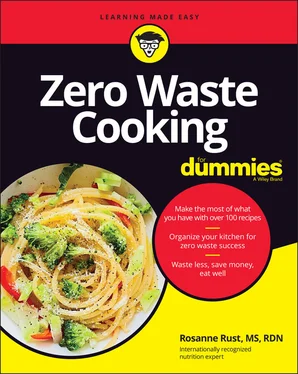
 There’s a difference between animal welfare and animal rights. Treating livestock humanely isn’t the same as treating it as human. Animal rights activists believe that animals shouldn’t be used as food, clothing, or experimentation. Animal welfare proponents believe this is acceptable, as long as strict guidelines are in place to treat the animal humanely.
There’s a difference between animal welfare and animal rights. Treating livestock humanely isn’t the same as treating it as human. Animal rights activists believe that animals shouldn’t be used as food, clothing, or experimentation. Animal welfare proponents believe this is acceptable, as long as strict guidelines are in place to treat the animal humanely.